Synapse Code
February 2024 ––Munko was invited to participate in a prestigious exhibition in Madrid entitled ‘Windows to the Future’ commissioned by Espacio Fundación Telefónica. The exhibition space was a place to reflect on digital culture and experiment with new technologies applied to artistic creation. The exhibition, led by six creators, promoted their stories of capsules of a time yet to come, as emissaries of futures that challenge our current perceptions and propose alternative narratives capable of shaping tomorrow from unexpected perspectives.
Each of the six windows that opened into the room became a space from which to project different realities, new hypotheses of futures, inviting the viewer to reconsider the way in which we think about the future and favoring a dialogue between our reality. The exhibition featured works from six insanely talented artists who each had a very unique future outlook on our human connection with technology:
GMUNK + Paul Trillo + Inferstudio + Boldtron + Lifeforms + fuse*
For Munko’s piece, he created a fictional future narrative that portrayed the digital perception of a machine’s emotional connection to a woman and their time spent together in the beautiful natural environments of the Pacific Northwest. The film mirrored a machine’s image processing engine using some experimental techniques in the genre of computer vision and deep image analysis, creating a meditation on beauty and emotion combining the genres of data visualization, landscape cinematography and human connection into a musing of what our connection could be with conscious machine intelligence.
Each of the six windows that opened into the room became a space from which to project different realities, new hypotheses of futures, inviting the viewer to reconsider the way in which we think about the future and favoring a dialogue between our reality. The exhibition featured works from six insanely talented artists who each had a very unique future outlook on our human connection with technology:
GMUNK + Paul Trillo + Inferstudio + Boldtron + Lifeforms + fuse*
For Munko’s piece, he created a fictional future narrative that portrayed the digital perception of a machine’s emotional connection to a woman and their time spent together in the beautiful natural environments of the Pacific Northwest. The film mirrored a machine’s image processing engine using some experimental techniques in the genre of computer vision and deep image analysis, creating a meditation on beauty and emotion combining the genres of data visualization, landscape cinematography and human connection into a musing of what our connection could be with conscious machine intelligence.
The Concept
–– 01Set in a distant future where poignant connections between humans and machines seamlessly coexist, society has evolved to embrace these unique relationships, blurring the lines between artificial and human emotion. The film transcends conventional storytelling, offering a meditative exploration of convergence between the machine's data-driven existence and the fluid beauty of the natural world.
“ The neural waveforms are not just a visual journey but a poetic exploration of a symbiotic relationship between technology, nature and the human heart, inviting contemplation on these intersections and offering a thought-provoking exploration of a future where deep connection transcends the boundaries of biology and technology. ”
Synapse Code: Patterns of a Digital Consciousness seamlessly combines the genres of data visualization, landscape cinematography and the human connection through a portal into the inner workings of a machine's perception, immersing the viewer in its digital stream of consciousness. The narrative unfolds through a lens of unique perspective that offers a glimpse into an oscillation of digitized emotions through rhythmic waves of data, rendered as a vivid realm of pattern and breathing grids.
The liquid memories on display celebrate the beauty of nature, the beauty of humanity, the intensity of feeling, and are packed into fleeting, modulating waves of emotional resonance, evoking a sense of digital respiration overflowing with sentiment and sensation.
“ It’s as if we are witnessing the world through a fluid medium where nature's beauty converges with the intricacy of neural data that mimics the machine’s synaptic brain waves, unfolding as patterns within patterns of its digital consciousness. ”
“ The neural waveforms are not just a visual journey but a poetic exploration of a symbiotic relationship between technology, nature and the human heart, inviting contemplation on these intersections and offering a thought-provoking exploration of a future where deep connection transcends the boundaries of biology and technology. ”
Synapse Code: Patterns of a Digital Consciousness seamlessly combines the genres of data visualization, landscape cinematography and the human connection through a portal into the inner workings of a machine's perception, immersing the viewer in its digital stream of consciousness. The narrative unfolds through a lens of unique perspective that offers a glimpse into an oscillation of digitized emotions through rhythmic waves of data, rendered as a vivid realm of pattern and breathing grids.
The liquid memories on display celebrate the beauty of nature, the beauty of humanity, the intensity of feeling, and are packed into fleeting, modulating waves of emotional resonance, evoking a sense of digital respiration overflowing with sentiment and sensation.
“ It’s as if we are witnessing the world through a fluid medium where nature's beauty converges with the intricacy of neural data that mimics the machine’s synaptic brain waves, unfolding as patterns within patterns of its digital consciousness. ”











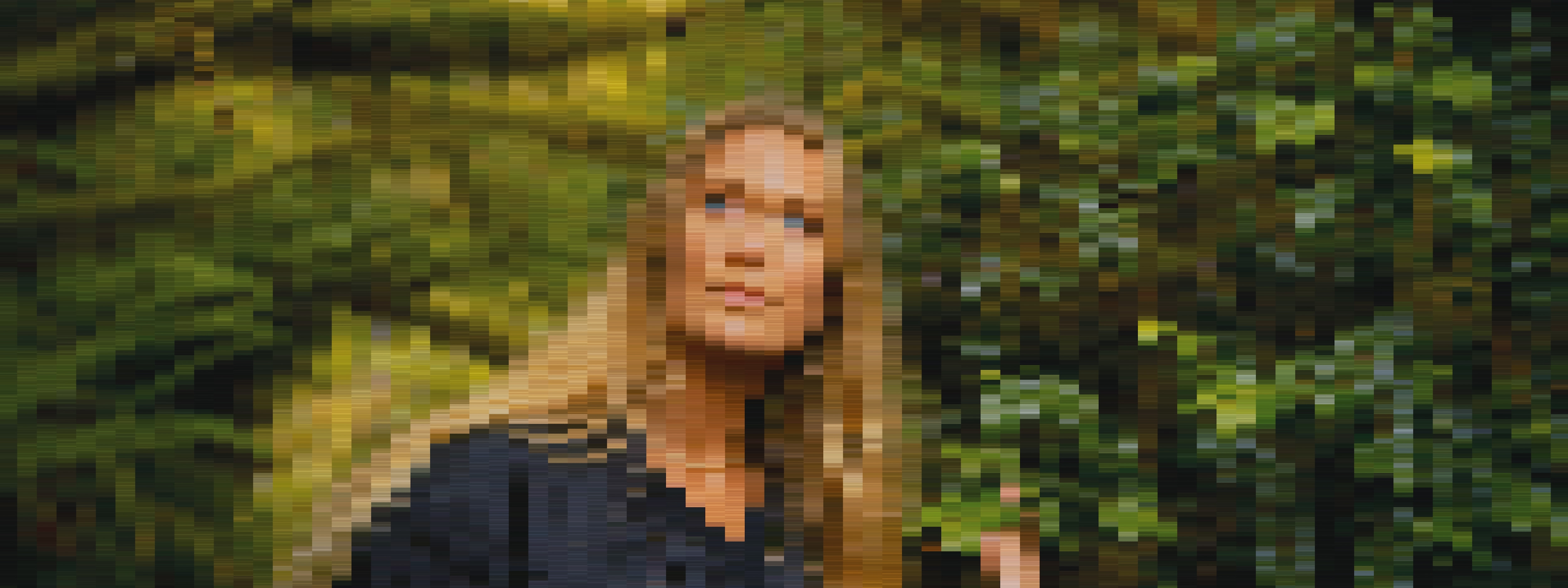






















The Process Film
–– 02The process to create Synapse Code was experimental and full of learnings. It started with the concept and capture of the live-action plates with some of Munko’s favorite people, including his dearest Peter Clark and James Heredia, and had them traversing the beautiful scenery of Pacific City, Oregon for the filming. They casted uber-lovely human Emily Griffith Wenrick as their lead and followed her through many immersive and detail-rich scenes in their surrounding landscape.
Once the footage was captured, edited and color graded, Munky enlisted the insane wizardry of now frequent collaborator Ryan Cashman, and together they developed a rather gnarly post-process. This involved printing the plates onto a geometric mesh in Houdini, storing the footage’s color and value information in the geometry and then exporting the mesh via an alembic file to Cinema4D. There they applied shaders to each face of geometry, honoring the embedded color and value information while swapping and compositing in another layer of animated symbology on top. This blended in another pass of digital detail to create a satisfying and active density onto the mosaic-like effect that felt cognitive and alive.
Once the footage was captured, edited and color graded, Munky enlisted the insane wizardry of now frequent collaborator Ryan Cashman, and together they developed a rather gnarly post-process. This involved printing the plates onto a geometric mesh in Houdini, storing the footage’s color and value information in the geometry and then exporting the mesh via an alembic file to Cinema4D. There they applied shaders to each face of geometry, honoring the embedded color and value information while swapping and compositing in another layer of animated symbology on top. This blended in another pass of digital detail to create a satisfying and active density onto the mosaic-like effect that felt cognitive and alive.
–– 02
The Process
–– 03This project as a whole was one of those ‘low-budget / high-creativity’ projects that give a huge return. It’s always the smaller, more scrappy ones that give the most satisfaction because as a creator you have to work three times as hard given the limited resources.
As a busy professional, the ethos and philosophy is to balance the big projects with the small, resource challenged ones as a means to work with loved ones and to keep yourself honest and in a sense, indie. Munky lives for the thrashings with his favorite people, an opportunity to always turn it back to the university film-school vibes to keep everything humble and grounded in a sense of modesty.
As a busy professional, the ethos and philosophy is to balance the big projects with the small, resource challenged ones as a means to work with loved ones and to keep yourself honest and in a sense, indie. Munky lives for the thrashings with his favorite people, an opportunity to always turn it back to the university film-school vibes to keep everything humble and grounded in a sense of modesty.
–– 03















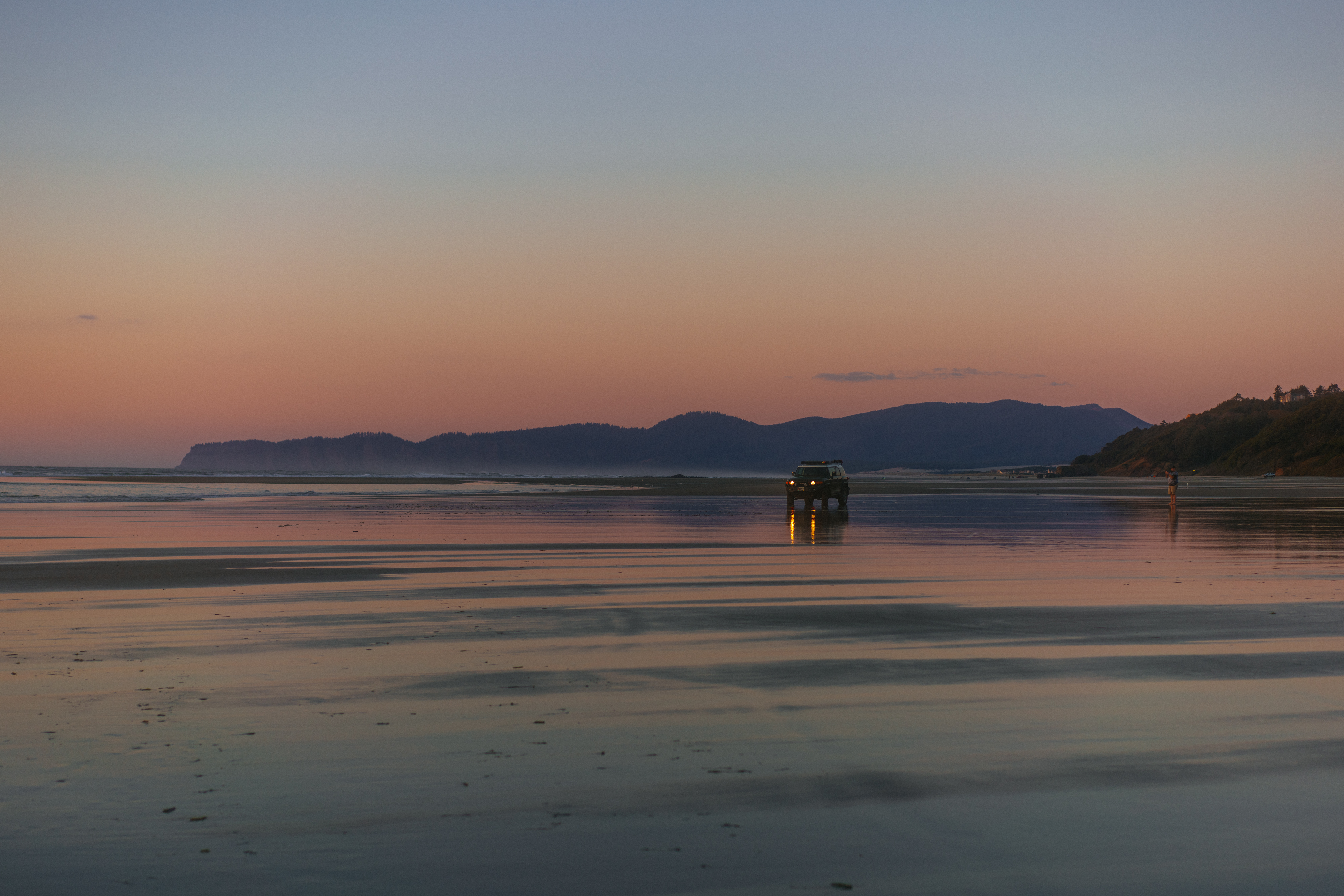




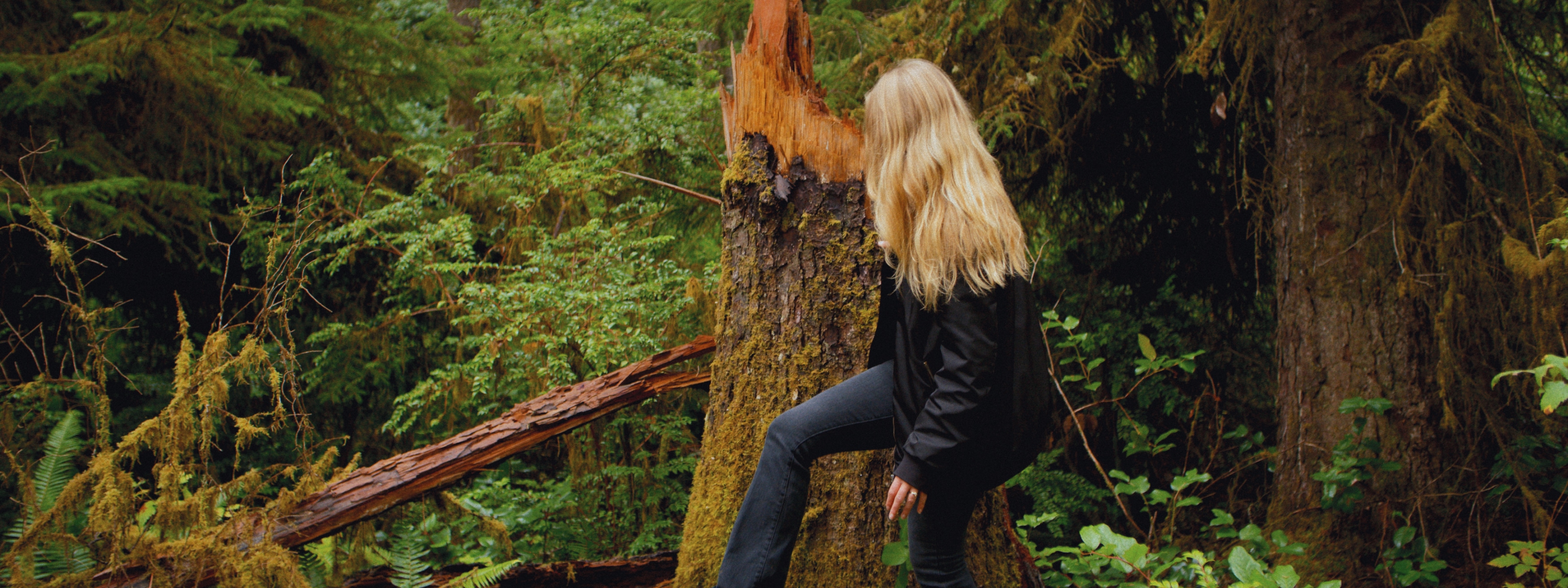



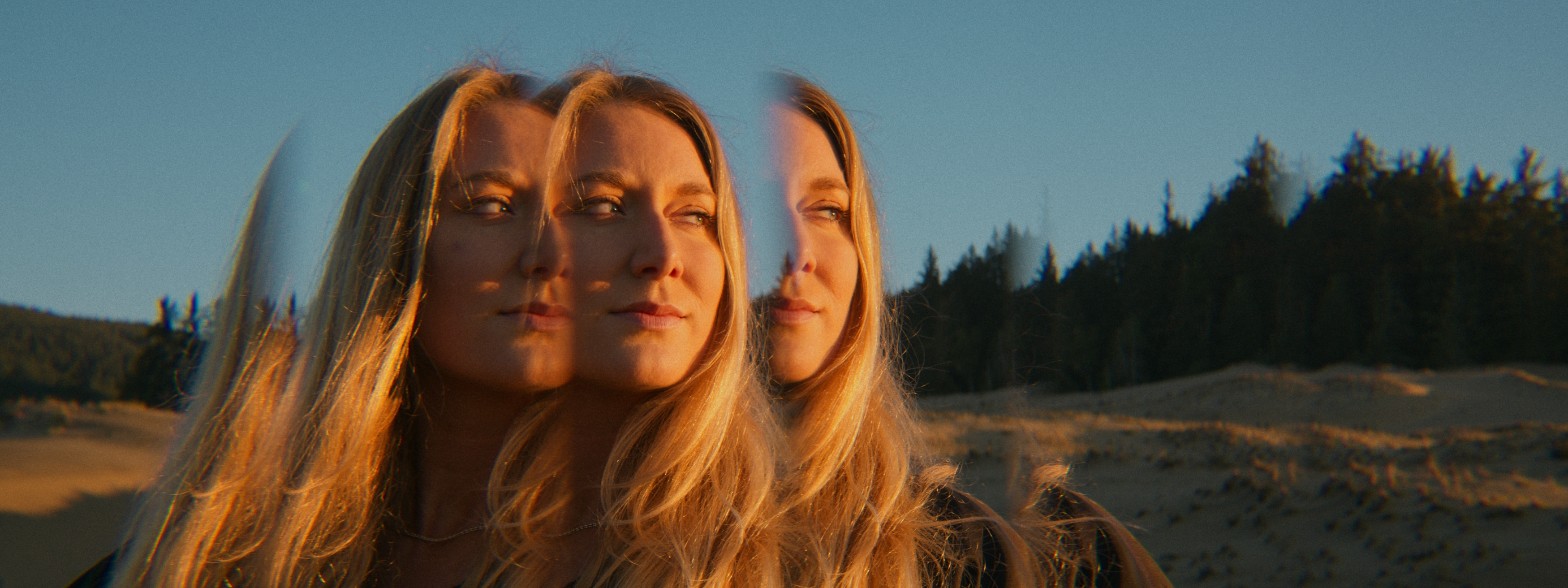



















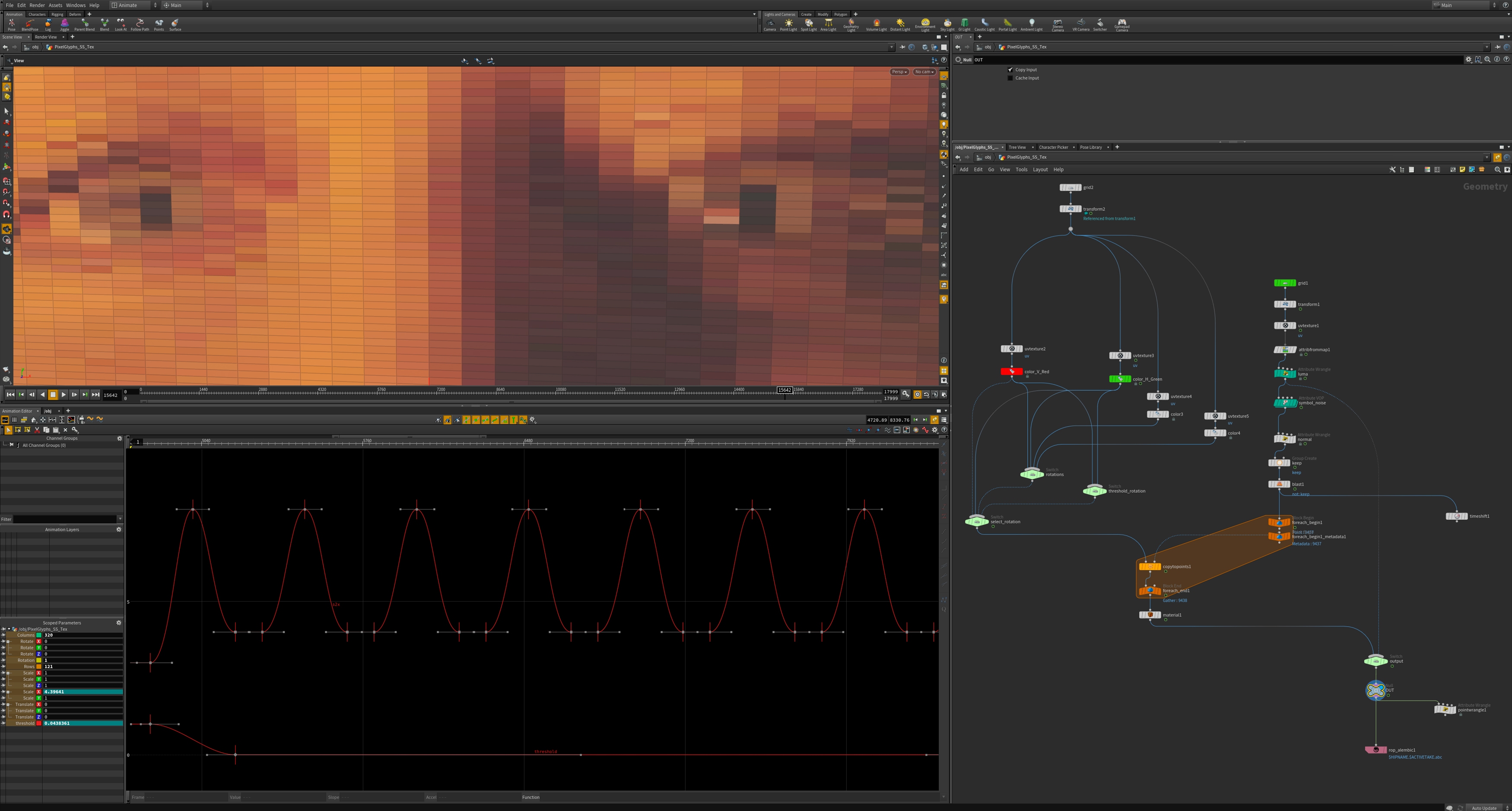


The Exhibition
–– 03Located in the historical headquarters of the company, Espacio Fundación Telefónica promotes a multidisciplinary programme that seeks to connect creativity and artistic innovation with society at large. Disruptive art forms that embrace experiences and thinking around contemporaneity conform one of the main programming lines including projects and installations by international artists who work with new technologies.
With special focus on the intersection between Arts, Science and Technology, the Exhibitions Programme host thematic projects that seek to foster debate and reflection around the deep transformations and challenges of our times.
The two gallery spaces of 850 square meters host temporary exhibitions and have featured the works of esteemed artists Buckminster Fuller, Ryoji Ikeda, Bill Viola, Teamlab, Joanie Lemericer, Jennifer Steinkamp, Rafael Lozano-Hemmer, Jim Campbell,
With special focus on the intersection between Arts, Science and Technology, the Exhibitions Programme host thematic projects that seek to foster debate and reflection around the deep transformations and challenges of our times.
The two gallery spaces of 850 square meters host temporary exhibitions and have featured the works of esteemed artists Buckminster Fuller, Ryoji Ikeda, Bill Viola, Teamlab, Joanie Lemericer, Jennifer Steinkamp, Rafael Lozano-Hemmer, Jim Campbell,
Olafur Eliasson, Bernd and Hilla Becher, Shirin Neshat, Zhang Huan and Paul Graham.
Espacio Fundación Telefónica also possesses a world-class Modern Art collection counting more than one thousand artworks, including works by Juan Gris, Picasso, Magritte, Tàpies, Chillida, Gursky, Jeff Wall and Marina Abramović, among other artists.
It would be an understatement to say that participating in this exhibition was a true honor and career highlight, and the production and experiential design of the exhibition itself was world-class. Munky is full of gratitude to have participated in such a momentous project.
It would be an understatement to say that participating in this exhibition was a true honor and career highlight, and the production and experiential design of the exhibition itself was world-class. Munky is full of gratitude to have participated in such a momentous project.
–– 03





Credit List
Director: GMUNK
Director of Photography: Peter Clark
Assistant Director: James Heredia
Assistant Camera: James Heredia
Talent: Emily Griffith
Talent Assistant: Dane Wenrick
Generative Artist: Ryan Cashman
Editor: Bradley G Munkowitz
Compositor: Bradley G Munkowitz
Color Grade: Bradley G Munkowitz
Composer: Keith Ruggiero
Title Designer: Michael Cina
Tile Animation: Peiter Hergert
Director: GMUNK
Director of Photography: Peter Clark
Assistant Director: James Heredia
Assistant Camera: James Heredia
Talent: Emily Griffith
Talent Assistant: Dane Wenrick
Generative Artist: Ryan Cashman
Editor: Bradley G Munkowitz
Compositor: Bradley G Munkowitz
Color Grade: Bradley G Munkowitz
Composer: Keith Ruggiero
Title Designer: Michael Cina
Tile Animation: Peiter Hergert
Press Links
Espacio Fundación Telefónica –– Exposure: Windows to the Future Exhibition
Stash Magazine –– GMUNK Explores Patterns of a Digital Consciousness in “Synapse Code”
What’s On Madrid –– Windows to the Future Exhibition
Espacio Fundación Telefónica YouTube –– Inauguración de la exposición ‘Ventanas al Futuro’
Espacio Fundación Telefónica –– Exposure: Windows to the Future Exhibition
Stash Magazine –– GMUNK Explores Patterns of a Digital Consciousness in “Synapse Code”
What’s On Madrid –– Windows to the Future Exhibition
Espacio Fundación Telefónica YouTube –– Inauguración de la exposición ‘Ventanas al Futuro’